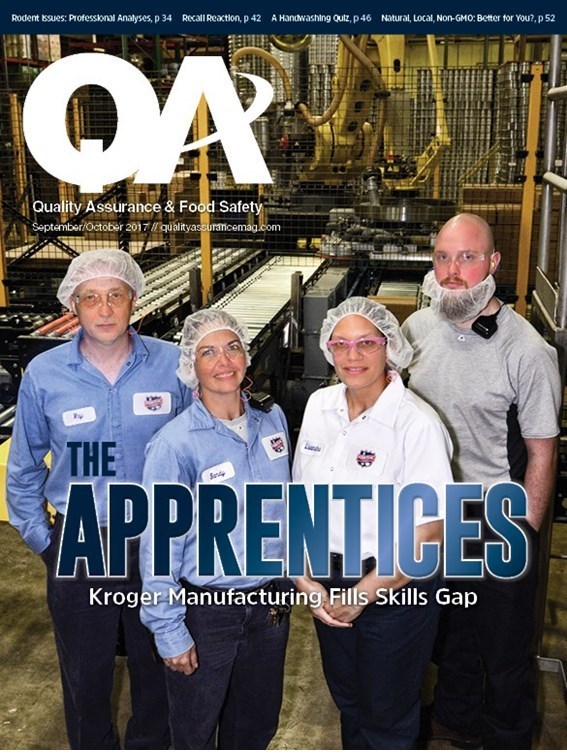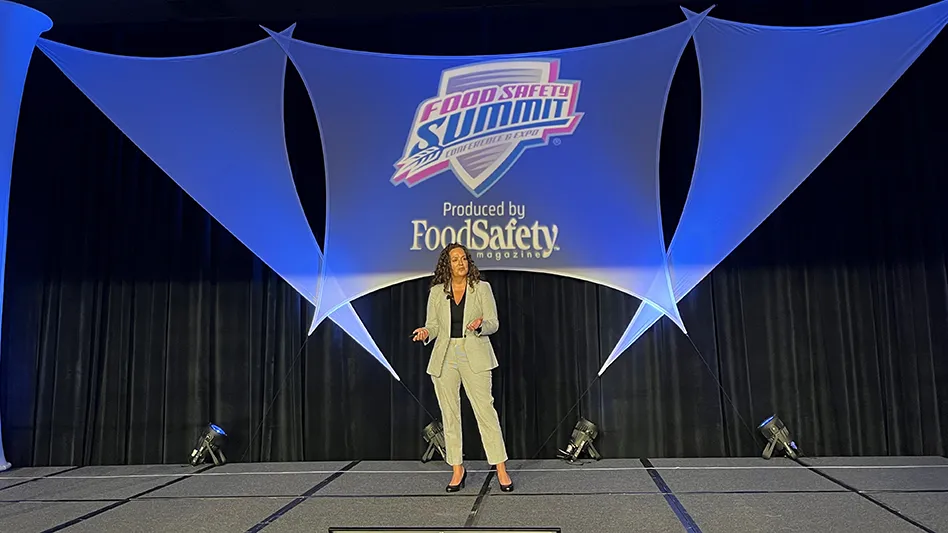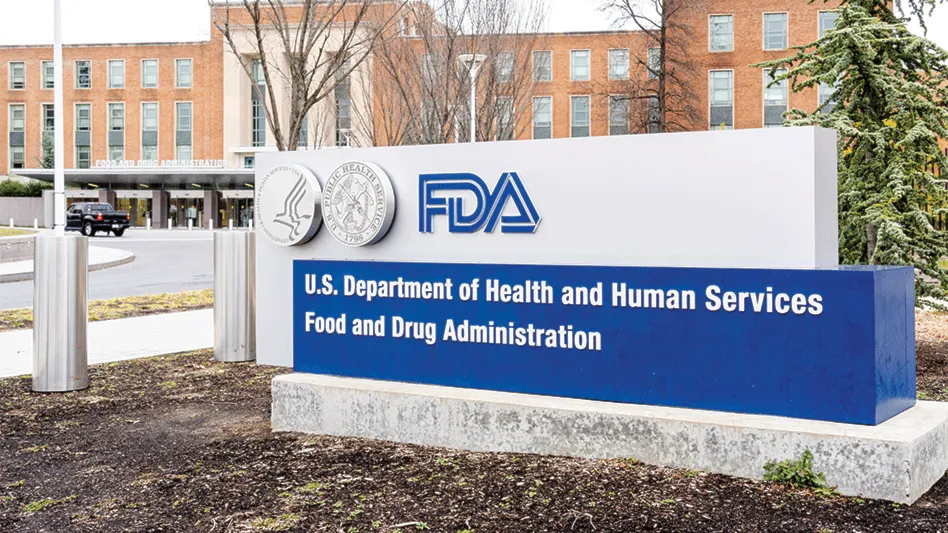The Food Safety Modernization Act (FSMA) plays a large role in global food safety, and its Foreign Supplier Verification Program (FSVP) rule is something with which every U.S. food importer needs to be compliant.
The rule was created for two reasons:
- to prevent potentially adulterated food from being imported to the U.S.
- to ensure imported food is produced under the same food safety requirements as domestic products.
But, is it possible to develop and implement a compliant FSVP without personally visiting foreign suppliers? Absolutely!
The key is to determine what is needed to demonstrate that FSVP requirements are being met. For the most part, the importer’s responsibilities are the same as those of a U.S. manufacturer who sources raw materials and ingredients locally.
That is, the FSVP importer is responsible for verifying that the food or raw materials and/or ingredients produced by the foreign suppliers are being manufactured, raised, or harvested in accordance with relevant sections of the FD&C Act, depending on the type of food product that is being imported. FDA will hold the importer responsible for the food safety of all imported food products, including all food-contact substances.
If you are the FSVP importer, it is important to outline the policy and procedures on how your company will verify compliance of your foreign suppliers. A good four-step plan to approve or disapprove foreign suppliers can be conducted by a qualified individual in the U.S. — without setting foot in foreign countries:
1. Align your FSVP with your company’s food safety plan.Using your food safety plan as a guide will help identify the hazards most common to the food products being sourced and the impact these foods may have in your facility.
Items to look for include the twelve hazards outlined in the preventive controls rule: biological, chemical, physical, radiological, natural toxins, pesticides, drug residues, decomposition, parasites, allergens, unapproved additives, and intentional adulterants — such as those that are considered to be economically motivated adulterations.
2. Review the foreign supplier’s own hazard analysis and Food Safety Plan (FSP) to assure compliance with the Preventive Controls Rule requirements. It is important to know the controls that your suppliers have in place for the various hazards common to these imported foods or ingredients.
The foreign supplier also may be relying on a local supplier to apply the necessary preventive control. If so, the FSV activities must include the local supplier of the foreign supplier as well. The review of the foreign supplier FSP can be complemented by a supplier survey which provides valuable background information on the facility’s food safety programs and culture. It also provides important information related to the FSP and prerequisite programs.
The survey should be as detailed as necessary to provide the information to make critical decisions related to the products. Items to include are: country of origin for sourcing of the materials; prerequisites programs to include copies of procedures and examples of records; hazard controls such as temperature, water activity, and foreign material controls; allergens common to the facilities whether or not they impact your facility; and historical hazards associated with the materials, such as toxins or economical adulterants.
3. Review the food sanitation and safety compliance history of the foreign suppliers, such as import alerts, warning letters, recalls, FDA inspections, inspections by foreign national food safety authorities, and third-party audits.
4. Consider transportation methods and procedures to ensure proper controls for the food safety integrity of the products. The Sanitary Transportation Rule may apply depending on the type of food product being imported (bulk liquid or solid) and whether temperature control is critical for food safety.
Once the first verification of a foreign supplier is concluded, the FSVP importer needs to decide on the verification activities to be implemented and their frequency. (See Supplier Verification for examples.)
Finally, to make it easier on everyone involved, use virtual technology to conduct supplier performance reviews and desk audits to provide a handy and economical tool.
Such technology allows for excellent video and verbal communication, as well as screen sharing.

Explore the October 2017 Issue
Check out more from this issue and find you next story to read.
Latest from Quality Assurance & Food Safety
- FDA Issues Update on Post-Market Assessment of Tara Flour
- ASI Announces Training Partnership with Rootwurks
- Nfinite Nanotech Closes $6.5 Million Seed Financing to Create Flexible Food Packaging with Nanotechnology
- University of Pretoria Food Science Student Wins IFT and PepsiCo’s Academic and Travel Undergraduate Hybrid Scholarship
- Kraft Natural Cheese and Shawn Johnson East Celebrate Launch of Kraft Signature Shreds
- Natural Sourcing International Announces Voluntary Recall of Black Chia Seeds
- PTNPA's DC Fly-In Connects Members with Policymakers
- Breck Partners Acquires NPX One





